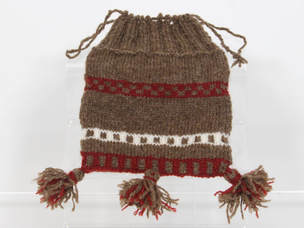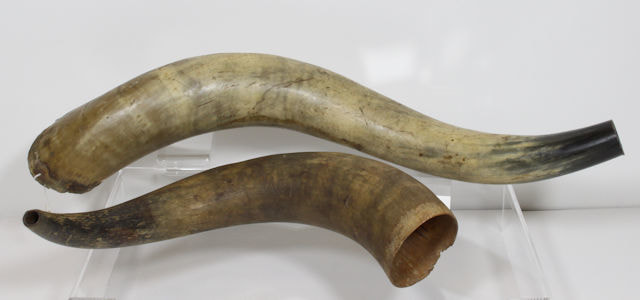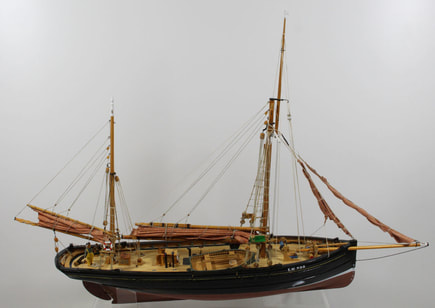Industrial Heritage
|
Early Fishing
Fishing has been a mainstay of Scalloway’s economy throughout its history. Our exhibition charts the development of fishing from subsistence level in Neolithic times to the advanced industry of recent years. Commercial fishing started in the 14th century. Fishermen traded in salted and dried cod, saithe and ling with Hanseatic merchants from the Baltic. During the 15th and 16th centuries North German merchants took over, supplying fishing gear, salt, linen, barley, clothes and tobacco. This ceased by the early 18th century, when local landlords took over the role of the traders. |
|
Whaling
Arctic whaling became important for Scalloway men in the mid-1700s when they joined the crews of whaling ships arriving from UK ports such as Dundee, Peterhead and Hull. Boat Building
The building of open boats has been carried out in and around Scalloway from Neolithic times. By the late 1600s the import of kit boats from Norway was well established. However around 1860 this trade had almost ceased, and boats were now being built by local craftsmen using imported wood. |
|
Herring and Cod Fishing
In the mid-19th century Scalloway became pre-eminent in the development of a cod fishery, which used sailing smacks to fish as far away as Iceland. This fishery ceased by the early 1900s. Around the same time Shetland’s fishing fleet modernised, installing engines in place of sail. During the late 19th and early 20th centuries the Shetland summer herring fishery grew to enormous importance. Much of the village of Scalloway you see today was built on the success of this period of herring and cod fisheries. This time of prosperity and public confidence resulted in the building of the village’s Public Hall and many dwelling houses, together with a variety of shops supplying the needs of an increasing population. However, the boom could not be sustained, and it declined as the century progressed. |









